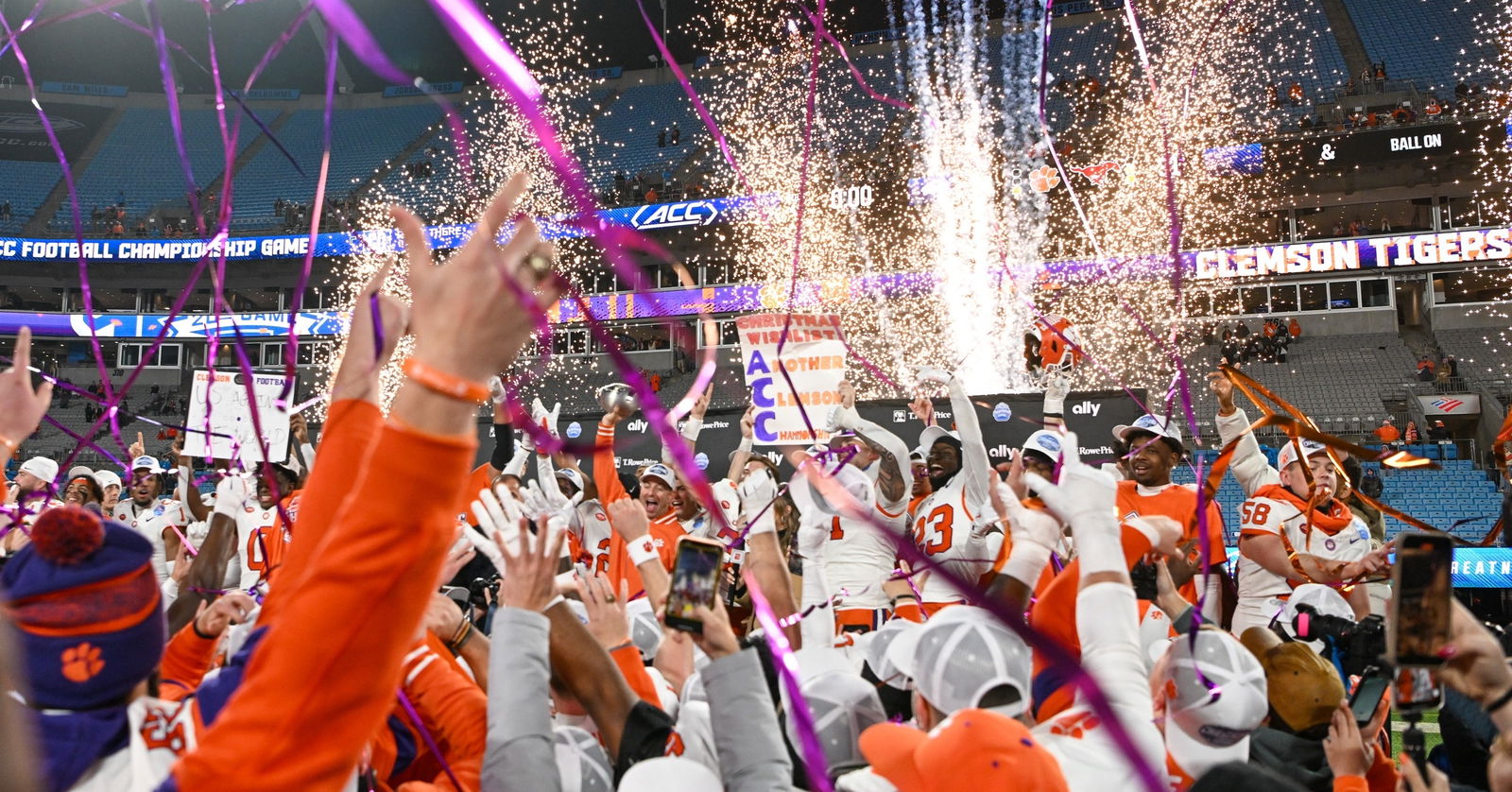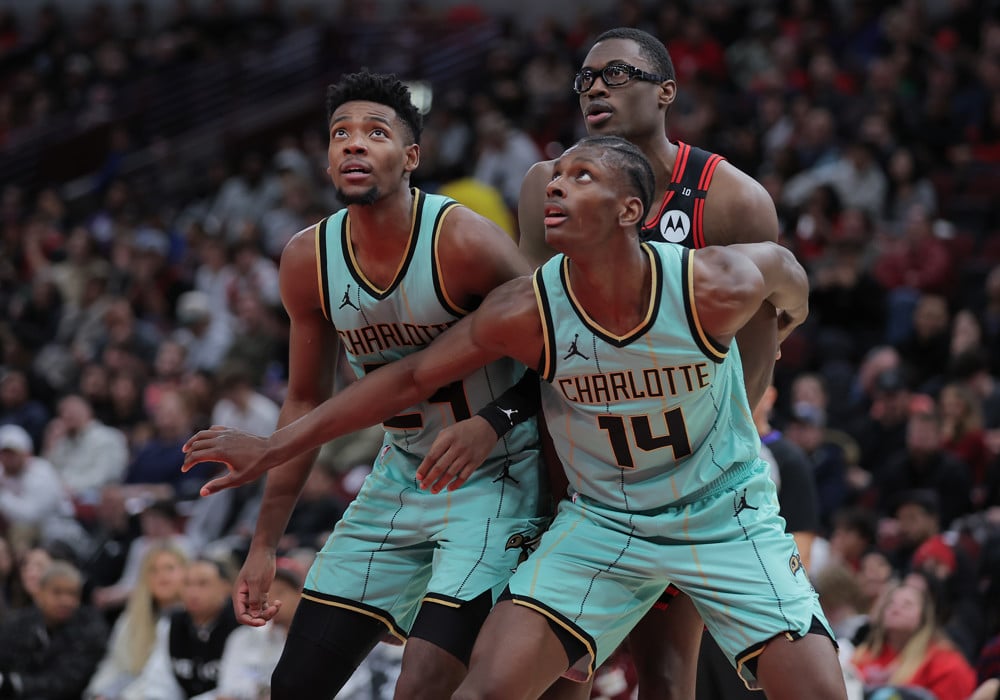World
Rare Air: Tigers retain 16 starters in wild world of NIL and transfer portal

A bevy of freshmen will move into Lightsey Bridge at some point today, intent on the start of their Clemson football and academic careers. At some point later this month, they will join their teammates for the start of mat drills, and it’s a loaded roster they join.
If you look back at the posted depth charts for the first round College Football Playoff game at Texas, the Tigers lose exactly six starters from that depth chart. Those six are left guard Marcus Tate, running back Phil Mafah, tight end Jake Briningstool, defensive tackle Payton Page, safety R.J. Mickens, and linebacker Barrett Carter.
None of those starters were lost to the portal or due to NIL shortcomings – all six were lost to graduation and will head to the NFL Draft.
In these wild days of college football roster management, that number is incredible. We’ve seen schools lose 20-plus players to the portal alone, and the fact that the Clemson coaching staff has been able to retain their core pieces for next season is something that can’t be overlooked.
The final pieces began to fall last week with quarterback Cade Klubnik, and he was followed by wide receiver Antonio Williams, and on Saturday, left tackle Tristan Leigh and right tackle Blake Miller announced their return. The holdup, of course, centered on negotiations with the 110 Society, and it sounds like the collective was able to meet everyone’s demands.
If you count 22 starters and have 16 of those returning? Including your quarterback? Huge news.
Of course, the deals that were announced will only run through June of this year – the House settlement is scheduled to take effect on July 1 if everything goes through this spring. That means the players have deals with the 110 Society through June 30th, and then the schools themselves will sign deals with the players.
According to the House settlement, athletic departments can use up to 22% of their revenue to pay athletes. For the 2025-26 season, that percentage is expected to equal $20-22 million. However, in 10 years, experts believe the figure could rise to $33 million as athletic department revenues steadily increase.
If the terms are approved, current athletes would get compensated in three ways. The first is traditional scholarship resources including tuition, room and board and nutritional resources. Second is the roughly $20-22 million of school revenue shared with athletes. The final part is NIL payments, which, if paid by third-party companies and booster collectives, do not count as part of the 22%.
As the college football season winds to a close, we’ve seen players quit mid-game and other players opt out of bowl games altogether, either looking for a new deal or making a business decision to save their bodies for the NFL Draft. On social media, some have wondered whether clauses can be added into the school’s NIL deals that would take money away from players for opting out or missing games.
“No, then that would be play for pay,” a spokesman told TigerNet earlier this week. “That isn’t the intent of this. The Name/Image/Likeness contract allows for media, like the television networks, to use players’ names and likenesses. But the school can’t dictate whether a player plays or not.”
But that’s all in the future, and for now, Clemson can look at its roster and feel good about where it stands in the college football landscape. Head coach Dabo Swinney preaches culture, and in this case (with just a few down-the-depth-chart transfers), it appears that the culture continues to win out.
With some cash added.
Welcome to the new world of college football.








/cdn.vox-cdn.com/uploads/chorus_asset/file/25820401/257474_CES_2025_Razer_Blade_16_ADiBenedetto_0005.jpg)
/cdn.vox-cdn.com/uploads/chorus_asset/file/25819081/Predator_Helios_18_AI_PH18_73_lifestyle_2.jpg)